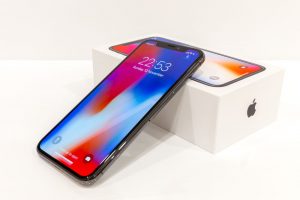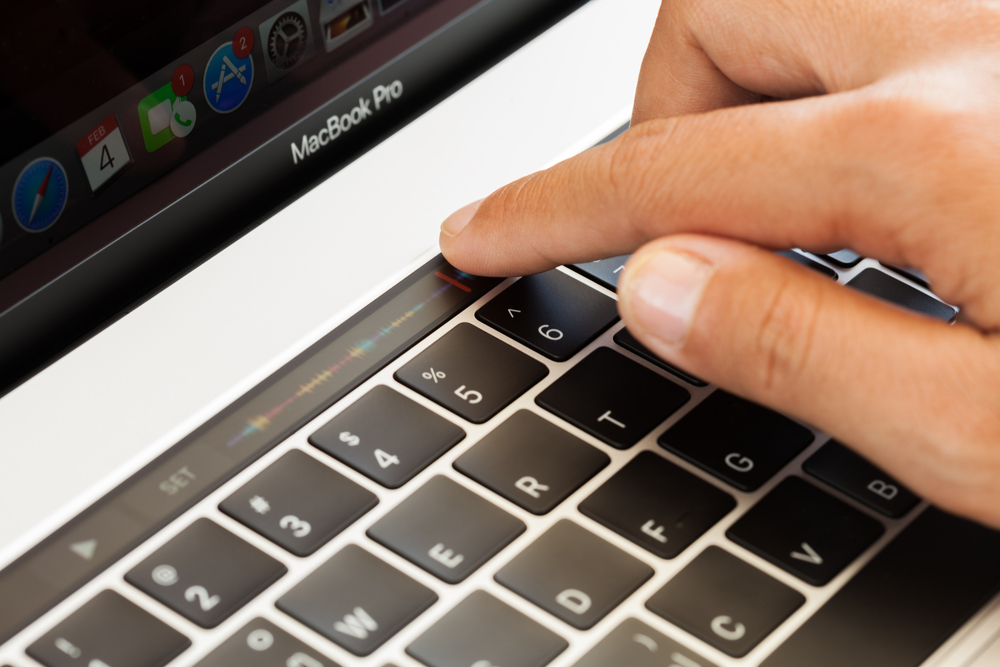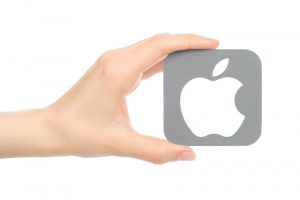Apple announced yesterday that its new iPhone range will utilise rare earth elements in the ‘Taptic Engine’, a crucial part that enables the device to duplicate a physical button click in spite of being a flat glass pane.
This component uses about a quarter of the rare earth elements found inside the new iPhone.
Rare earths have recently become the subject of increased trade tension between the US and China.
These specialised minerals are used in products such as consumer electronics and also weapons.
China is the leading processor of rare earths and has threatened to limit the sale of these minerals to the US.
Apple’s VP of environment, policy and social initiatives Lisa Jackson said that the firm’s decision to use recycled rare earths was unrelated to the trade dispute, but it would be good for business.
Rare earths are often used in actuators and very small speakers, but it’s expensive to recycle them.
Apple will get its recycled rare earths from an external supplier, not from recycled iPhones, and it would not come from old consumer products but rather from material generated during the manufacturing process.
According to Jackson, the project would be economically viable because of Apple’s large-scale production.
The project will also create a market for entrepreneurs who recycle these rare earths.
iFixit’s CEO Kyle Wiens said that Apple’s decision was an industry first.
He added: “This is a great idea – Apple could single-handedly create a hugely needed market for recycled rare earths.”
Apple also announced yesterday that it will manufacture new MacBook Air laptops from aluminium derived from traded-in enclosures that are melted down.
The firm earlier revealed that it uses cobalt recovered from disassembled old iPhone batteries in the production of new batteries.
It is also looking for ways that conventional recyclers could modify their lines to recover these elements.
Jackson added that Apple would actually like others to copy its recycling systems.






Add Comment